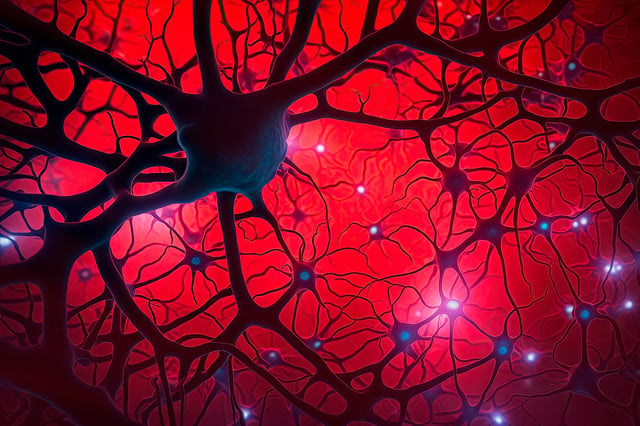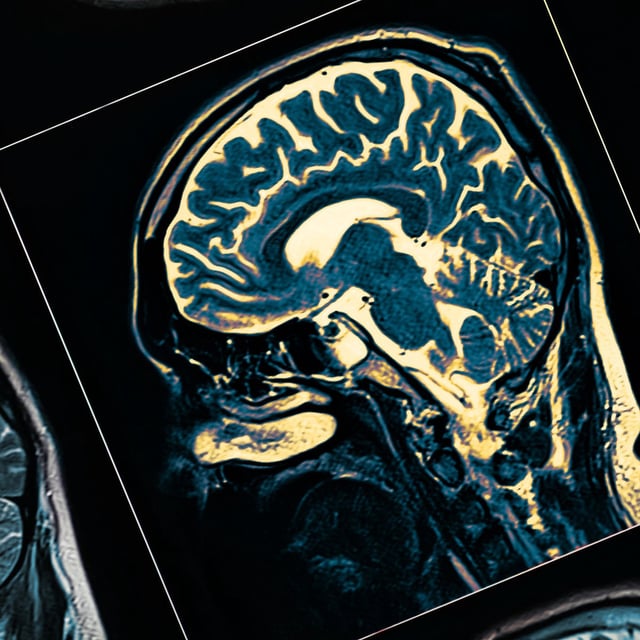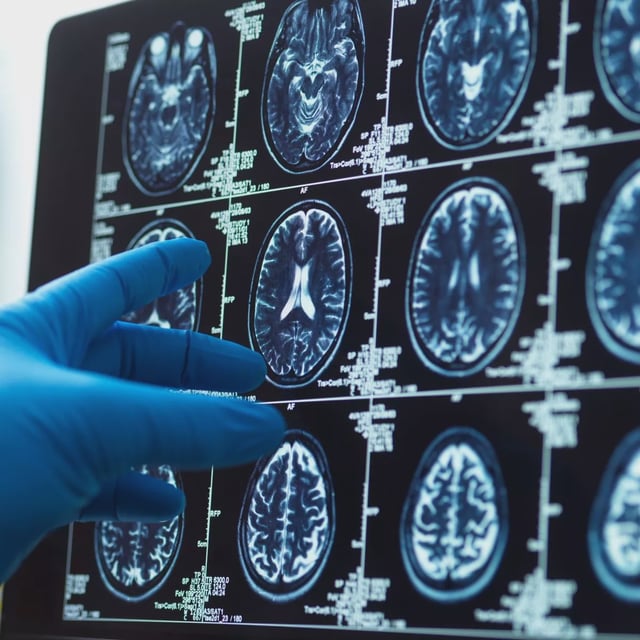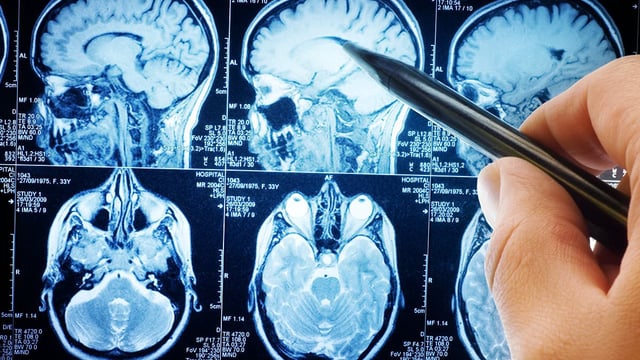Overview
- Researchers from the University of Cambridge, UCL, the Francis Crick Institute and Polytechnique Montréal report the work in Nature Biomedical Engineering.
- The ASA‑PD technique uses autofluorescence suppression and single‑molecule fluorescence microscopy to visualise and quantify alpha‑synuclein oligomers in post‑mortem tissue.
- Oligomers were detected in both healthy and Parkinson’s samples, but they were larger, brighter and more numerous in the disease group.
- A distinct subclass of oligomers appeared only in Parkinson’s samples and was reproducible across brain banks, disease stages, labels and retrieval methods.
- The findings are correlative and limited to fixed human tissue, so validation and translation to living‑patient diagnostics or therapy monitoring are next steps; the work was supported by ASAP, the Michael J. Fox Foundation and MRC/UKRI using brain‑bank donations.



